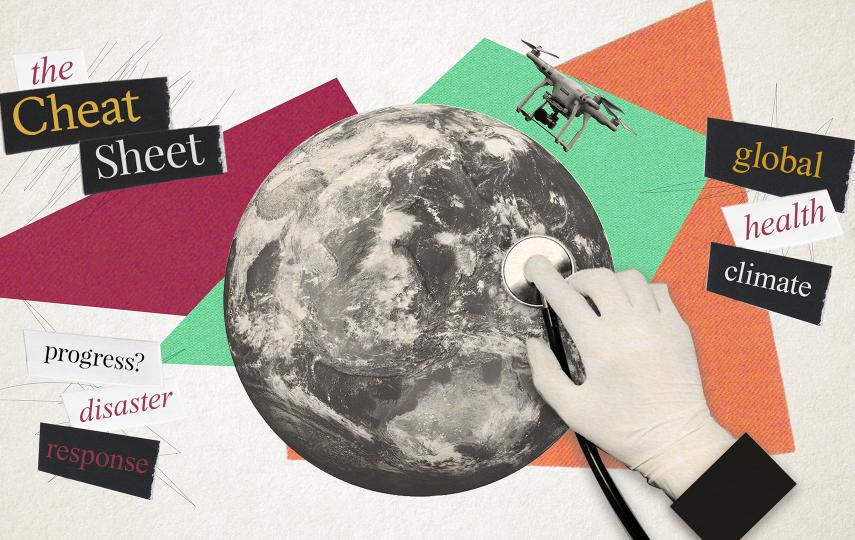“There are robbers who take advantage of the dark to rob people of their phones,” said Ifo Camp resident and freelance journalist Moulid Hujale. “Even when there’s a full moon, there’s less crime.”
For many households who cannot afford candles or kerosene lamps, let alone a generator, the only source of light is that produced by cooking fires. But firewood is an increasingly scarce and contentious commodity in an arid region where an ever growing refugee population has been competing with locals for dwindling natural resources since the first camp was established there in 1991.
The UN Refugee Agency (UNHCR) trucks in firewood at a cost of US$600,000 a month, but only enough to meet about 30 percent of each household’s monthly needs, forcing refugee women to walk up to 10km outside the camps to gather wood for cooking. These excursions expose them to the risk of violent attacks from resentful locals and even other refugees.
“The incidents of gender-based violence against them are quite common,” said Njuki Venanzio, an associate environment officer with UNHCR based at Dadaab. “Our protection colleagues document about three cases per week.”
Even inside the camps, levels of sexual and gender-based violence have increased significantly in the past 18 months as the camp’s population has swelled and poor lighting has made new arrivals living on the outskirts of the camp particularly vulnerable.
The area around Dzaleka Camp in Malawi is so heavily deforested that refugees often resort to selling a portion of their monthly food rations to buy firewood or charcoal, while women living in Touloum Camp in Chad say they spend four days a week searching for firewood.
Eco-friendly technologies
A UNHCR initiative to bring solar-powered lights and fuel-efficient stoves to 920,000 refugees in Africa over the next three years could address many of the security, environmental and education challenges faced by refugees if donors can be persuaded to come up with the necessary $15 million in funding.
The Light Years Ahead Initiative has already been piloted in seven African countries with good results, according to Amare Egziabher, a senior environmental coordinator with UNHCR in Geneva.
“We’ve had very positive feedback from the field,” he told IRIN. “Many believe it lowers the incidence of crime, and also gender-based violence for women and girls.”
The initiative also has the potential to lower drop-out rates at camp schools. Children who lack light to do their homework in the evenings tend to fall behind with their studies, while girls often miss classes while helping their mothers collect firewood.
At Dadaab, the pilot phase of the project has already brought solar-powered lanterns to 140 schoolchildren preparing for exams and street lights to several areas of Hagadera Camp identified by residents as particularly unsafe at night.
“It has had a major impact on security in those few areas,” said Venanzio. “But we’re talking about a camp with over 120,000 refugees so the coverage has been small.”
Each solar lantern costs $39 while a solar street light that can make a neighbourhood safer for up to 300 refugees costs $1,200.
“So far we’ve had some promises of funding but nothing concrete yet,” said Venanzio.
Saving fuel, saving the environment
The fuel-efficient stove favoured by UNHCR is called Save80 because it uses up to 80 percent less wood than cooking over a traditional stove, but several NGOs and agencies working at Dadaab are distributing different types of energy-saving stoves. They have so far managed to reach about 48 percent of the refugee population, but as kerosene has been deemed too expensive and ethanol in too short supply, all of the stoves distributed still use firewood.
Increasing local production of ethanol from sugarcane is one option. Another is finding entrepreneurs willing to produce sufficient quantities of fuel briquettes from agricultural by-products like coffee or risk husks.
In the meantime, UNHCR’s environmental management programme is distributing free saplings to refugee and host communities in an effort to reforest the area. “But the environment here is very dry so the survival of the trees is a bit challenging,” said Venanzio.
Awareness-raising campaigns aimed at teaching refugees how to use firewood more economically, recycle garbage and grow vegetables using waste water are also aimed at mitigating the camps’ impact on the local environment but Venanzio said the programme struggled with insufficient funding. “Environmental programmes get a very small budget compared to other sectors that are considered life-saving like water, food, health,” he explained.
Private donors including churches and corporations gave $1.4 million towards the Light Years Ahead Initiative in 2011, but “we still have a long way to go,” admitted Egziabher. “The demand is so high.”
ks/cb
This article was produced by IRIN News while it was part of the United Nations Office for the Coordination of Humanitarian Affairs. Please send queries on copyright or liability to the UN. For more information: https://shop.un.org/rights-permissions





